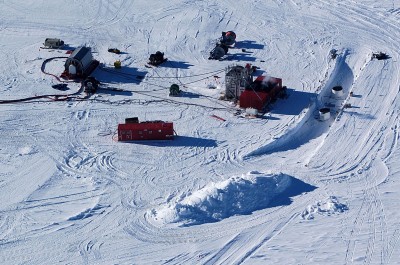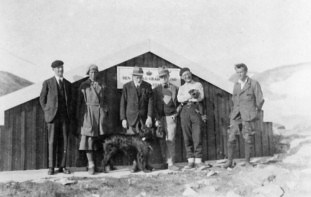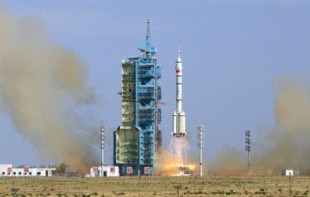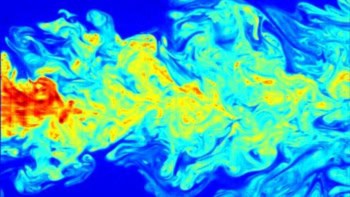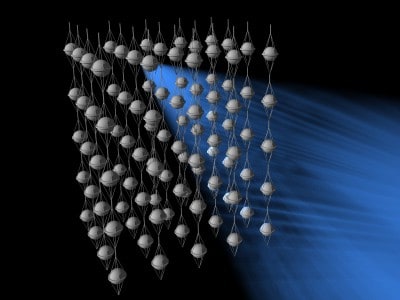
In the absence of a 6,000 km-deep hole to conduct observations, scientists hoping to learn about the internal structure of the Earth presently have few options but to monitor seismic waves. However, this technique, which relies on models of how waves are affected by rock properties, is indirect and so potentially unreliable. A truly direct method, suggest researchers from Spain, Japan and the US, might be to monitor the proportion of atmospheric neutrinos that are absorbed while passing through the Earth.
This isn’t the first time that atmospheric neutrinos, which are produced when cosmic rays collide with atomic nuclei in the upper atmosphere, have been proposed to probe the Earth’s structure. Although these chargeless, almost massless particles pass straight through the Earth unimpeded when they have a low energy, at energies above 10 TeV (1013 eV) they are very occasionally absorbed.
Since this absorption depends on the density of the neutrino’s travelling medium, a neutrino travelling through a slice of the Earth close to the surface, for example, would be less likely to be absorbed than a neutrino travelling straight through the dense core. So by counting how many neutrinos come through different slices, it should be possible to see where the transition between the core and the inner mantle occurs, or between other structural layers.
It would be better to have a localized beam rather than a disperse one, but there is no such beam in nature that is intense enough
Scientists widely dismissed the idea of using atmospheric neutrinos to probe the Earth’s structure, however, because they mostly occur at lower energies. Although they had hoped that higher-energy cosmic neutrinos generated by supernovae and other astrophysical sources would be suitable, observations at the AMANDA neutrino telescope in the Antarctic have shown that such sources are too rare.
Now, Concepcion Gonzalez-Garcia from the University of Barcelona in Spain and colleagues say that atmospheric neutrinos may have been dismissed too hastily. Their calculations show that, although the proportion of atmospheric neutrinos above the 10 TeV absorption criterion is low, the sheer number of them could make up for it (arXiv:0711.0745). “It would be better to have a localized beam rather than a disperse one, but the point is that there is no such localized beam in nature that is intense enough,” Gonzalez-Garcia told physicsworld.com.
Cold observation
Not any neutrino detector is up to the job, though. The researchers think that sufficient numbers of atmospheric neutrinos could only be detected with AMANDA’s successor, known as IceCube — a network of about 70 light sensors on strings that are currently being buried two-kilometres deep into the Antarctic ice.
Neutrinos passing through ice will occasionally have a chance interaction with an atomic nucleus and produce a subatomic particle called a muon, which travels at high speed while producing so-called Cerenkov radiation. When this radiation reaches one of IceCube’s light sensors, it registers the presence of a neutrino.
To calculate the number of atmospheric neutrinos that could be recorded in this way, Gonzalez-Garcia’s group integrated the area of IceCube and multiplied it by the flux of atmospheric neutrinos produced on one side of the Earth given by a theoretical model. They then had to reduce the value to allow for various attenuating factors: the varying density of the Earth, inelastic scattering, and the possibility of oscillation — that is, a neutrino fluctuating in type or “flavour” over long distances.
The researchers estimate that about 1000 neutrinos would have to be detected to observe the density transition from the Earth’s core to its mantle with 99% accuracy. Given that IceCube now has installed just 13 of the 70 sensor strings and will not be completed before 2010, this observation could take from four years to a decade.
Although this seems like a long time for information that has already been revealed by seismic measurements, Gonzalez-Garcia’s group point out in their paper that such measurements rely too heavily on models that have not been verified by independent methods. “The case for direct observations using an alternative method is compelling,” they say.
